Free Consultation with no strings attached
Connect Directly to the Designer of your choice
with All Shortlisted Designers
Slow living – a way of life or an up and coming interior design trend? These days, it’s easy to get caught up in the hustle and bustle of city life here in Singapore. While keeping busy is always a good thing, one must also remember to take it slow and make room for relaxation every once in a while.
Learning to let go of the need to have more and creating a space that encourages calm and serenity is the first step in a slow living interior design. The slow living interior trend is also a reminder for one to slow things down and take a breather. Though it’s tempting to fill your home with the latest technology or coolest furniture, the essence of slow living is to live, well, simply.
Simplicity is a commitment about doing more with less; how this influences interior design would be to create a space that only houses the necessary and curate it according to your needs. This Cavenagh Gardens project by designer Serene took inspiration from the Kinfolk slow living lifestyle and is made up of only the essentials.
Filled minimally, the home also made use of elements such as sheer curtains to enhance the overall ambience by softening the natural light streaming in, framing the windows and giving more height to the room.


The minimal yet fully functional dining room is made up of only the essentials, such as the dining table and chairs. The wooden elements compliment the white walls perfectly.







2) Cashew Heights by Paul & Ivan
Removing clutter from our homes and minds can help simplify our lives and make room for more meaningful experiences; this philosophy of simplicity can be used in any interior design to create a peaceful environment right at home. The first step toward making the home more relaxing is to achieve a balance between the open space, objects and decor. To attain this, anything that is not required – in terms of decor and material things – must be removed.
The Cashew Heights project by designers Paul & Ivan was designed to be well ventilated and visually connected to its surroundings. The living and dining space is connected via a re-modelled flight of steps and pedestal to navigate both levels within the house. The furniture and decor were kept to a minimum, making room for just the required ones.



The reading corner with a customised bookshelf functions as a dedicated space for the homeowners to rest and relax in.




Connecting with nature in our homes is another aspect of the slow living lifestyle that can be incorporated into interior design. Natural materials like wood are the simplest way to integrate nature into your home. Slow living furniture may be unrefined and rustic and are usually made with natural materials.
In designer Dess’s Poh Heng Court project, wood elements and natural lighting were used to recreate resort-like vibes. Nyatoh wood, which has been used in the main door is locked in between a mild steel frame, has a texture that mimics the real wood of an unsanded texture that is rough and hairy.







4) L by CK Low
Slow living isn’t about having a lot of things – it’s about quality over quantity. When a home is cluttered with unnecessary items, it takes away the peace and serenity as the space becomes a mess – which would then distract the mind. Another aspect of the slow living interior would be the colour scheme; they are mostly muted, consisting of colours such as greys, beige and cream. Though it’s not a requirement, these colours are mostly used as they encourage a sense of calm and slowness.
As shown in CK Low’s L project, the entire home was designed with a consistent muted scheme throughout to create a simple, timeless and luxurious abode. With only the necessary furniture added, the home is the perfect space to unwind and relax in.





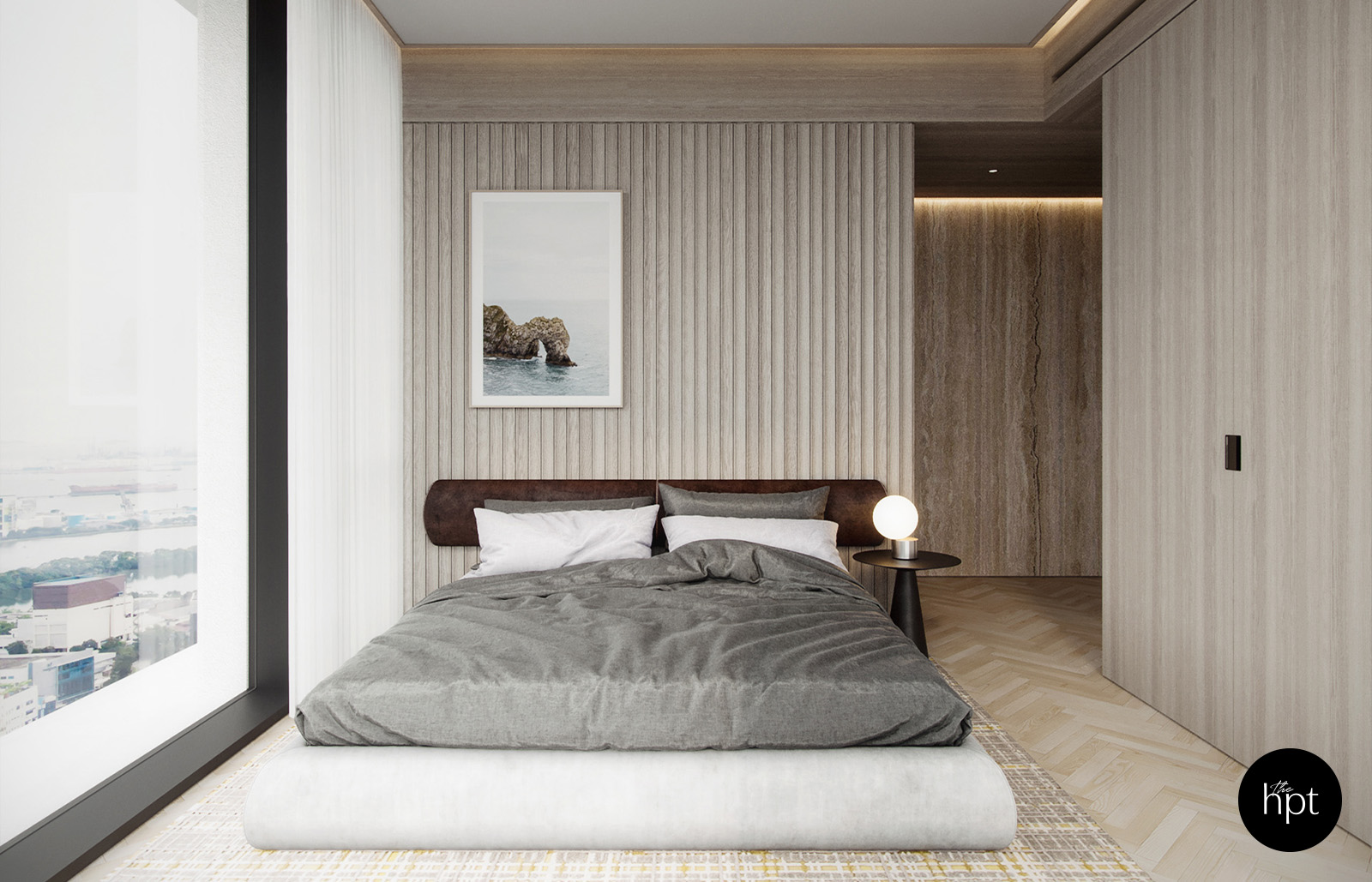
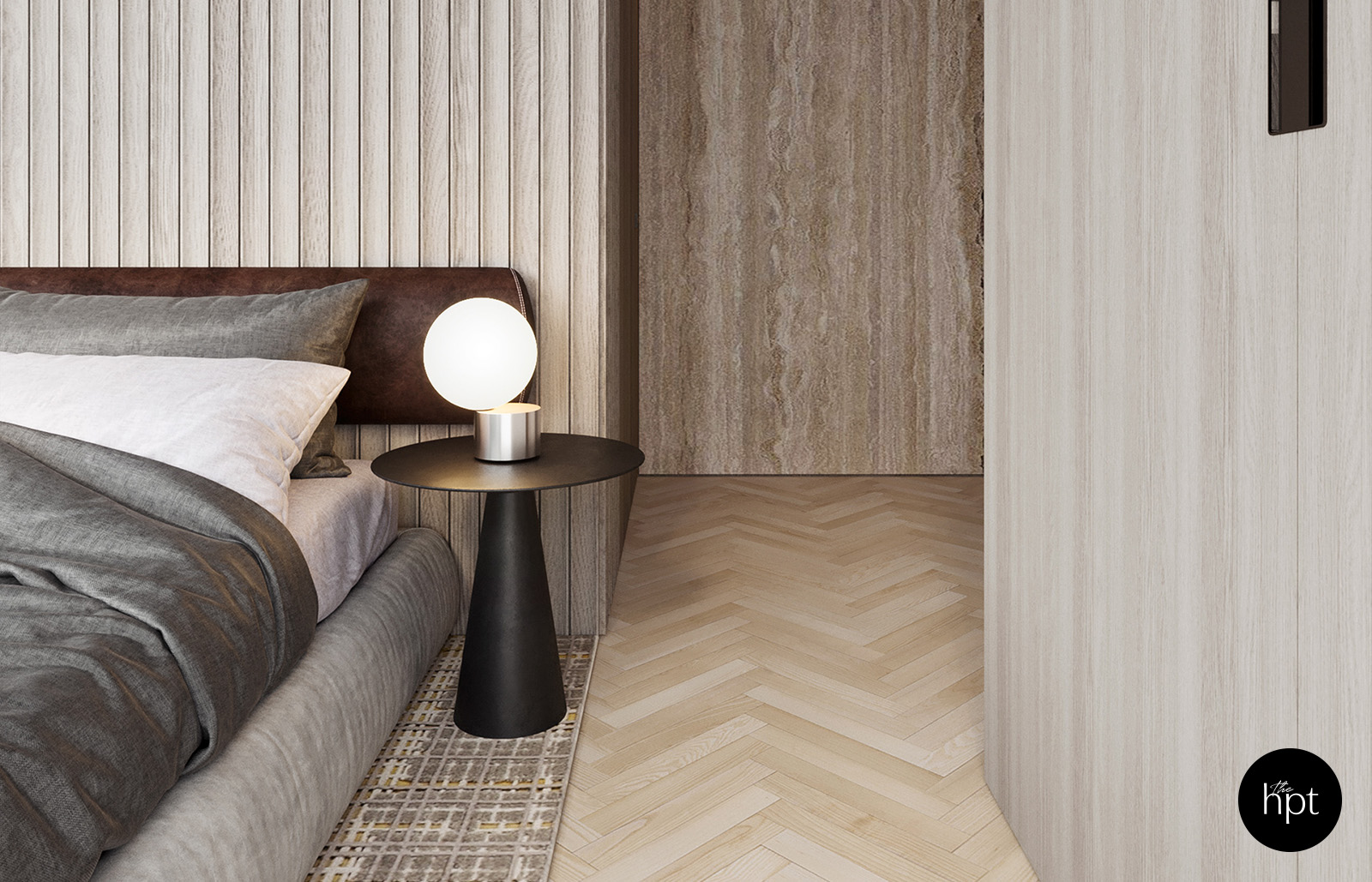
Adaptability is another way of incorporating the slow living lifestyle into an interior design; adopting furniture pieces that can be used in multiple ways and various places help to reduce the need for unnecessary items around the home. Open spaces are also valued as it creates an atmosphere that encourages interaction between its homeowners – another one of the fundamental benefits of incorporating a slow living lifestyle and design.
In designer Arden’s Leonie Hill project, the homeowners’ unique working style of wanting to be able to work from anywhere inside the home resulted in multiple powerpoints in different areas of the home, resulting in many of the furniture pieces doubling up as a workstation instead of having just one function.



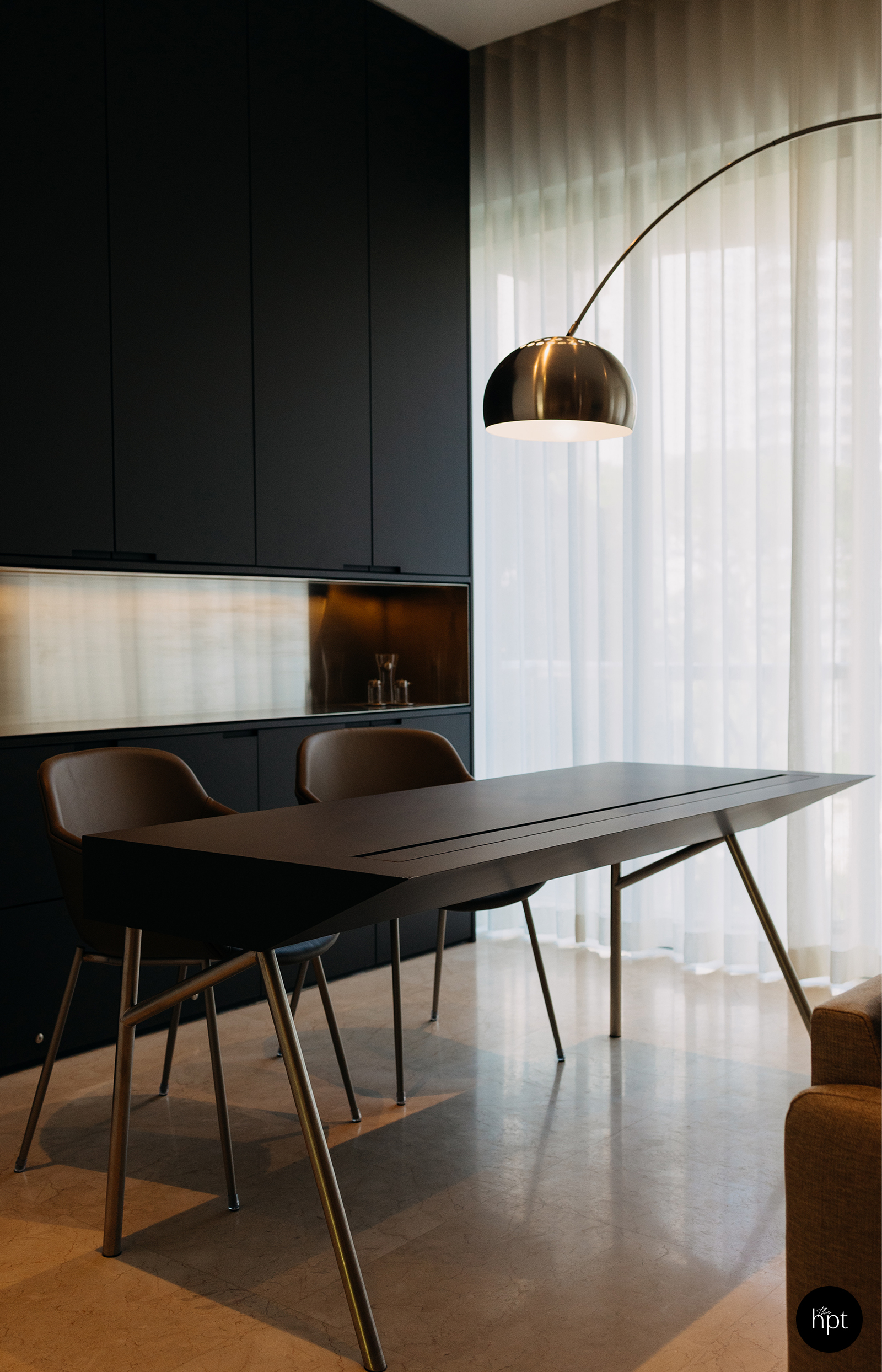

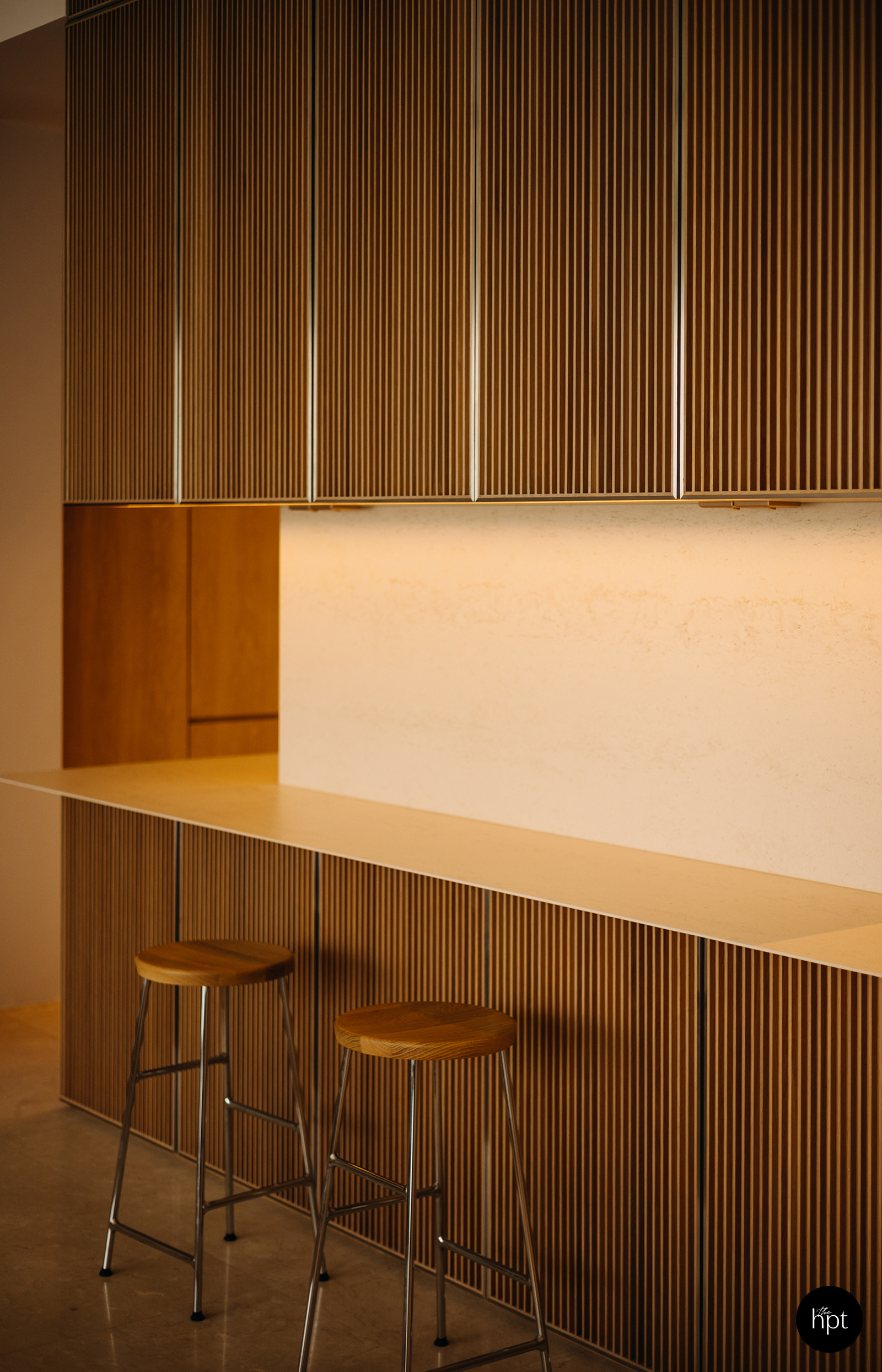
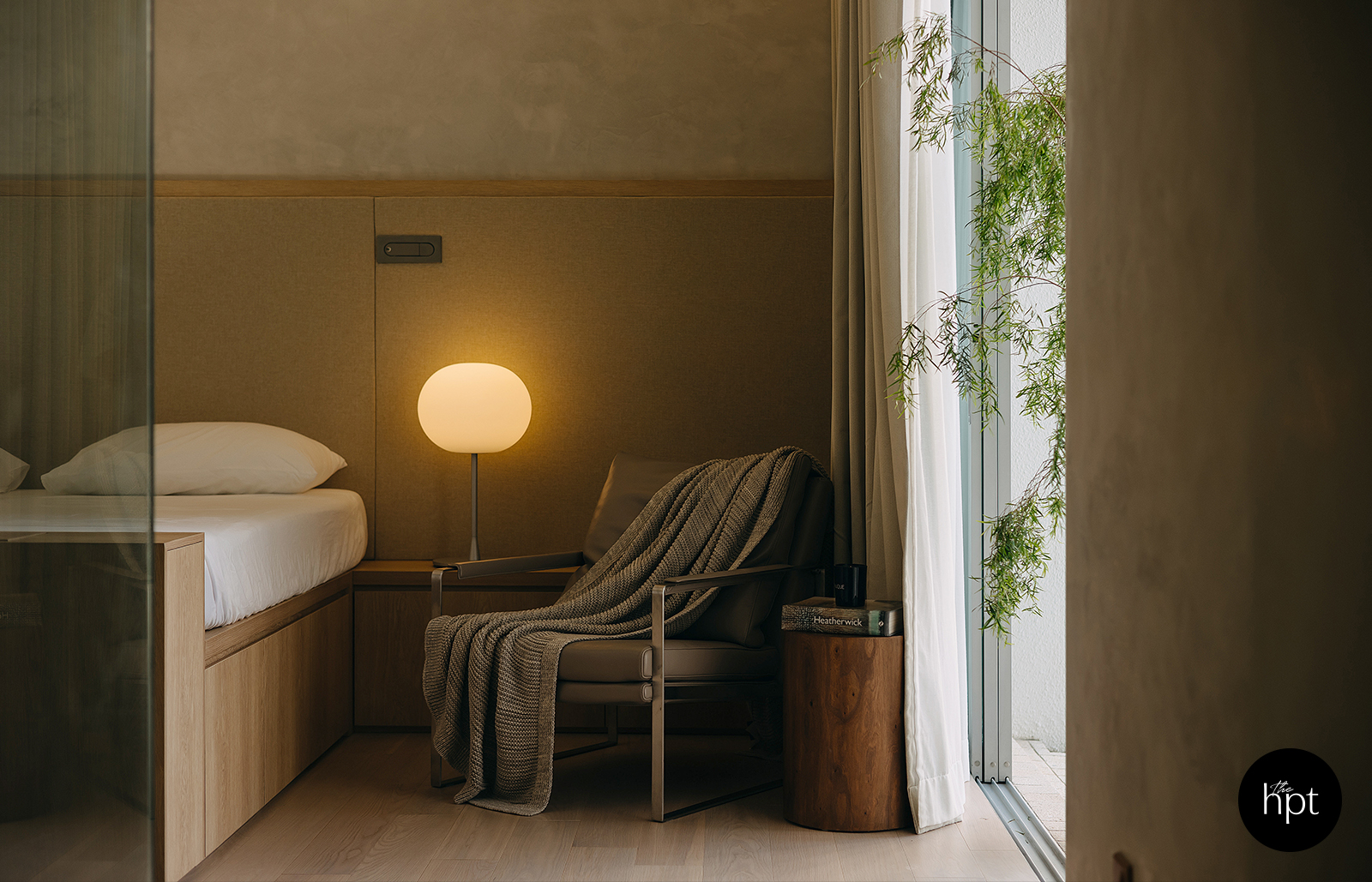
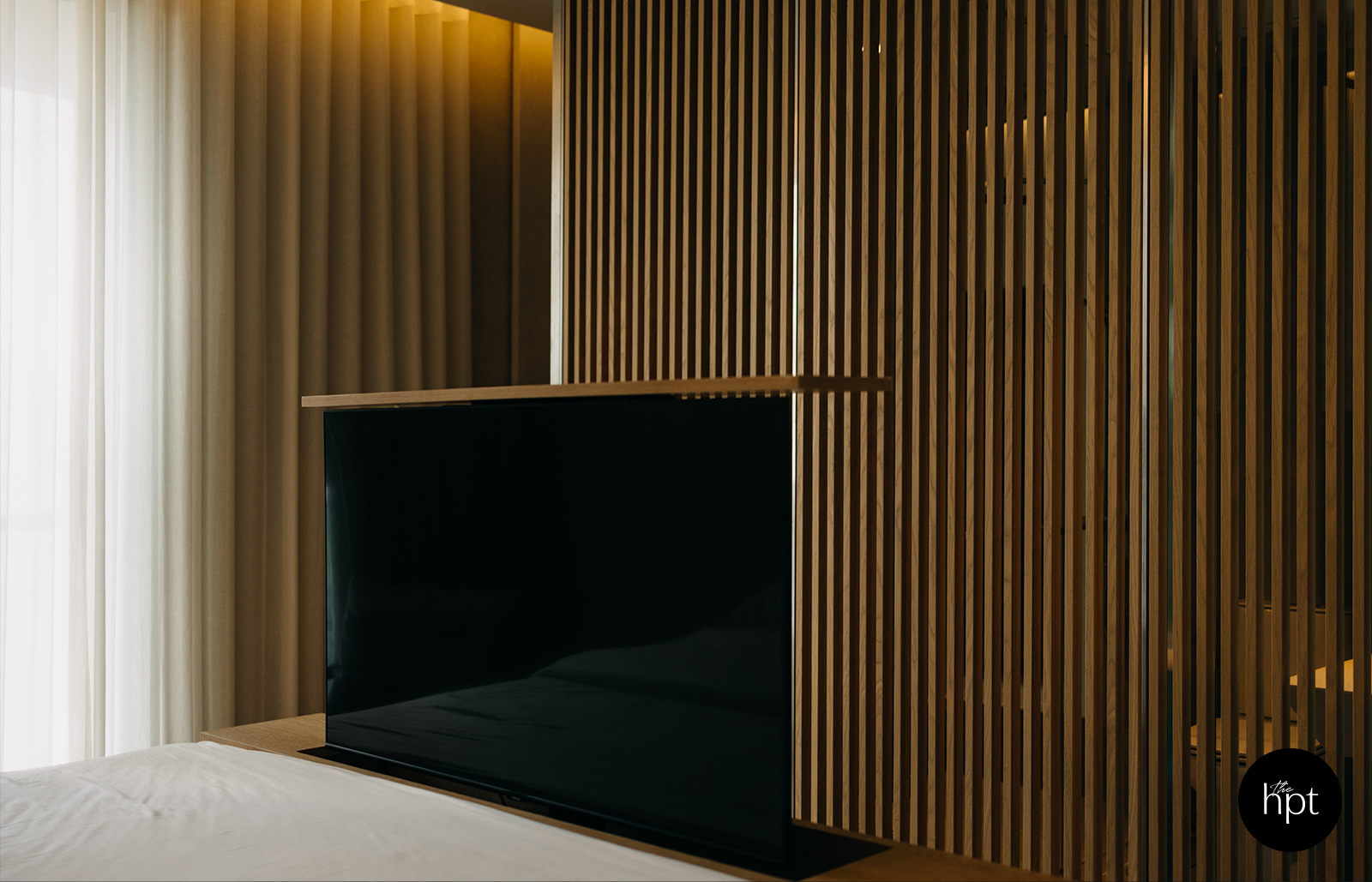
A retractable TV cabinet was designed as part of the bed carpentry to hide the TV while not in use.
Love what you see? Check out our designer page for more interior design inspiration. Browse our list of curated designers and you might just find the perfect one for you.
You will receive a personal login only after you have
submitted a designers shortlist.

